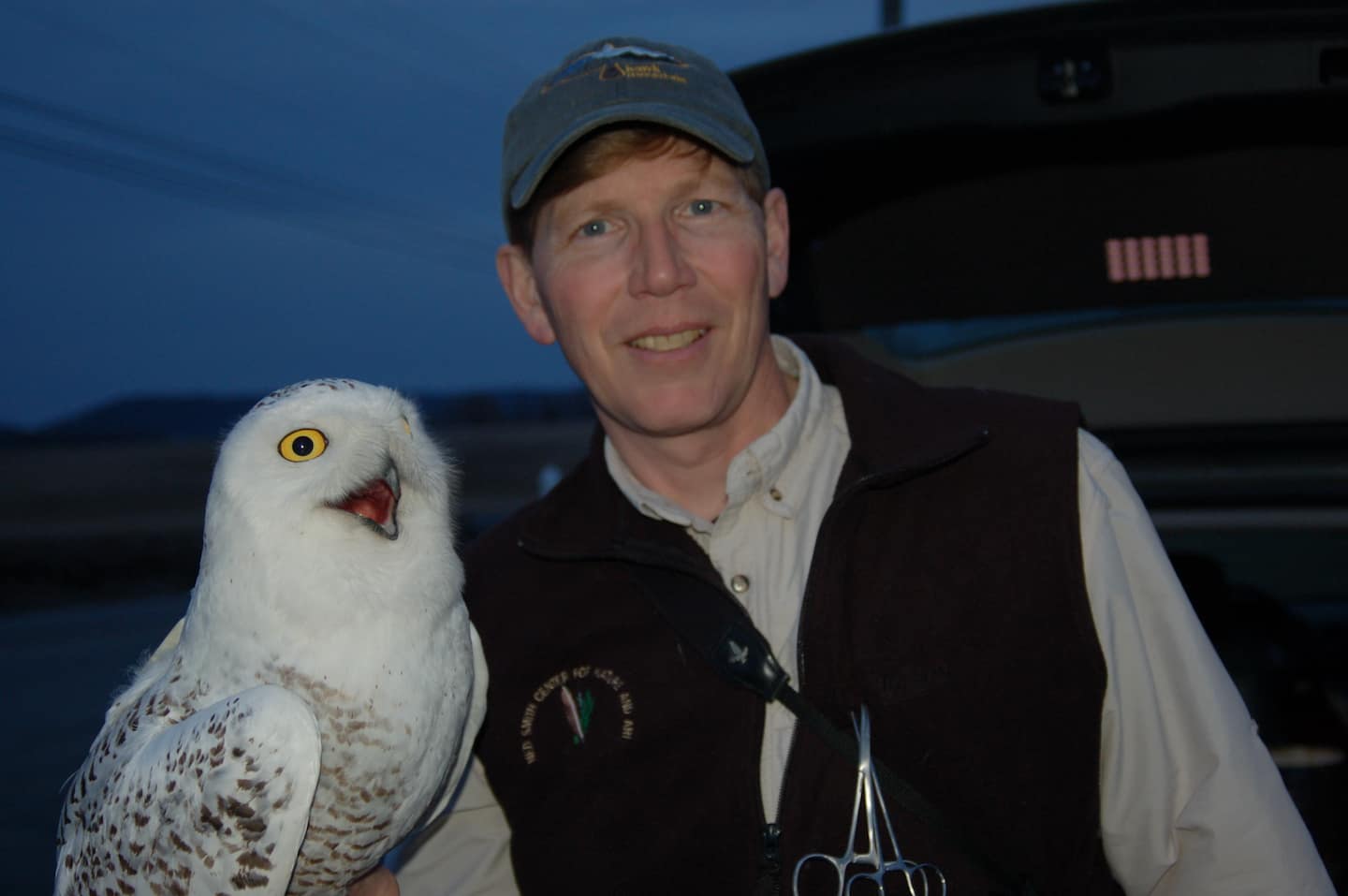“By the time a bar-tailed godwits dies, it would have flown to the moon and most of the way back,” says ornithologist and author Scott Weidensaul. A bar-tailed godwit flies 18,000 miles a year. By the time it dies, it will have flown closer to 500,000 miles. In this episode, Scott talks about the magnificent migrations of birds– the songs they sing while in flight and how they undergo binge-eating before they take off on their epic journeys. Comparing a migratory bird to an elite athlete insults the bird, he says. Arctic terns, for instance, sometimes travels a staggering 57,000 miles a year, he says. Scott celebrates the natural world—particularly birds and bird migration—in his research, his writing and his public speaking. Weidensaul spearheads a number of major research projects focusing on bird migration. His latest book is “The World on the Wing: the global Odyssey of migratory birds.”
He has written more than 30 books on natural history, including Living on the Wind: Across the Hemisphere with Migratory Birds, a Pulitzer Prize finalist; The Ghost with Trembling Wings, about the search for species that may or may not be extinct; Mountains of the Heart: A Natural History of the Appalachians; Of a Feather: A Brief History of American Birding; The First Frontier: The Forgotten History of Struggle, Savagery and Endurance in Early America; andthe Peterson Reference Guide to Owls.
Listen to Weidensaul’s latest interview on NPR’s “Fresh Air.” (And here is a previous “Fresh Air” appearance with Terry Gross.) Weidensaul lectures widely on wildlife and environmental topics, and is an active field researcher, specializing in the study of migration in owls, hummingbirds and passerines. A native of the Appalachians of eastern Pennsylvania, he now lives in New Hampshire. Scott Weidensaul leads tours to such exotic destinations as Ecuador and the Galapagos Islands, Alaska, the Amazon and other exciting locales – check out the details here.
Summary of the episode
3:00 Migrating after dark. Look up at the night sky for “literally billions of birds aloft in the night sky.”
8:00 Yellow Sea’s mudflats. In China. How central it is in migration.
13:00 How shorebirds make epic migrations. About the bar-tailed godwit that spends 11 days in continuous powered flight, crossing the widest part of the Pacific Ocean– 11,000 kilometres in one great leap.
14:00 Hyperphagia. Binge feeding. What these birds do before migration? They fly to the moon and back.
16:00 How migration and breeding change the body organs of the birds.
17:00 Scott imitates the song of the arctic song of the redknot.
19:00 About arctic terns, about the size of a dove flies 47,000 miles a year. Oh wait, it is 57,000 miles a year.
22:00 Scott reads a section from his book.
26:00 The specific things birds change about themselves. They change speed, endurance, memory, blood chemistry, metabolism, and much more.
“Comparing a bird to a human athelete insults the bird.”
27:30 A little semipalmated sandpiper, weighing 50 gms. Take off from the Northeastern coast of North America and fly to the Northeastern coast of South America with no food, water or rest. That’s like running 126 marathons continuously.
30:00 European swifts and how they sleep. Uni-hemisphere sleeping. They sleep with one part of their brain for a few seconds a day. About owls.
32:00 Bar-headed geese and their one long nonstop flight. Climbing from 3200-feet an hour to 7200-feet an hour.
38:00 Conservation efforts to help bird migration.
42:00 About Amur Falcons in Nagaland
44:00 About Snowy owls and owls in general. Nest boxes in Israel.
50:00 Regional wintering areas. The connections between forests and the Swainson’s Thrush.
52:00 Migratory connectivity.
54:00 Final words. Birds fan out from Alaska to cover three-quarters of the earth’s surface.



Thank you for bringing the rara avis Scott W for this conversation! I’ve been a great fan of the earth-encompassing sweep of his books, and lyrical writing, as though one were beside him in his explorations. A thoroughly enjoyable and enlightening hour!